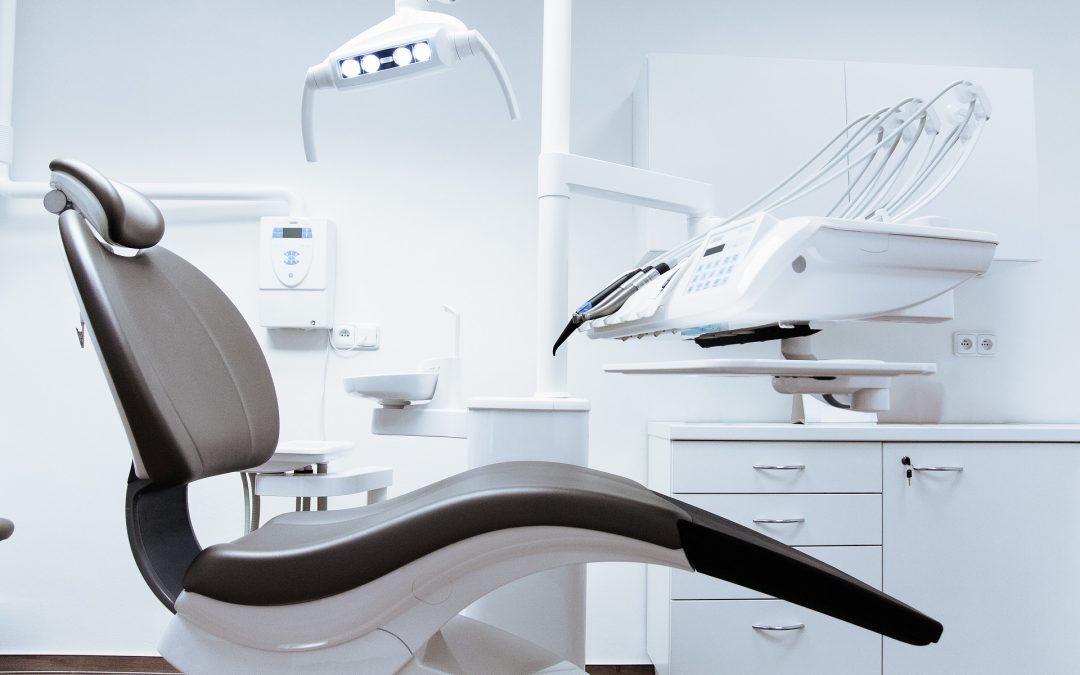
Dental care after lockdown: The ongoing impact of COVID-19
Dentists have been eager to know whether easing of national restrictions would be reflected in a revised standard operating procedure (SOP) for dental practice. However, the reopening of society comes amid a surge in COVID-19 cases and the updated SOP, published on 16 July, reiterates the importance of infection prevention and control (IPC) measures.
Sara Hurley, Chief Dental Officer England, emphasised that current IPC guidance for dentistry should be followed in full. She said: “Our key message for patients is that dental services are safe and open for face to face care but it is not yet business as usual.”
Vital as IPC measures are, they continue to reduce the capacity of dental practices to deliver services. Dental practices and their patients are likely to endure challenging times ahead, but there are some reasons for optimism.
Ongoing pressure on NHS practices
As the first wave of the pandemic took hold in 2020, practices with NHS contracts had some financial protection as they continued to receive payment for full contract value. This ended on 1 January 2021, when NHS England introduced a target of 45% of contracted Units of Dental Activity (UDAs), with steep financial penalties for practices not reaching that target. From 1 April to 30 September, that target rose to 60% of contracted UDAs.
The British Dental Association (BDA) and MPs have strongly criticised the targets for prioritising volume over need, incentivising routine care over time-consuming urgent treatments.
NHS practices struggle to meet UDA targets
Shawn Charlwood, chair of the BDA’s general dental practice committee, said: “Practices are already working unsustainably to try and meet perverse targets, and now hundreds face an existential threat.”
According to the BDA, over 10% of practices delivered less than 36% of pre-COVID activity in Quarter 1 and would need to return most of their NHS funding. In March, over half of practices were failing to reach 60% of UDAs. Consequently, there are concerns about whether the 60% target is achievable for practices delivering dental care safely according to guidelines.
As COVID-19 infections rise again, issues such as cancelled appointments may add to difficulties meeting the target. In a Q&A session with Practice Plan, Eddie Crouch, Chair of the BDA’s Principal Executive Committee, recommended keeping accurate records of cancellations: “We have been told that mitigation will be heard by NHS England based on evidence submitted, and this should be flagged with NHS England at the earliest opportunity including the issue of a force majeure notice.”
Growth in private practice
The financial and other pressures on NHS dental practices have contributed to the rising number of dentists interested in private dentistry, which has a more positive outlook.
Private practices with patients on membership plans have fared well financially despite the interruptions to normal business. These practices found that most patients continued to pay for the plan even when the practice was closed.
Unsurprisingly, as challenges for UK dentistry continue, 70% of practices questioned by Dentistry and Dentistry Online expect to do more private work in the coming year, with cosmetic work an area of robust growth. Almost half of practices are actively trying to grow their businesses and demand to buy dental practices is strong, particularly amongst associates who have felt vulnerable throughout the pandemic with reduced income and little government support available.
COVID-19 has fuelled poor access to dental care
Especially during the pandemic, people have struggled to find appointments, even for urgent dental care. A report from England’s Chief Medical Officer Chris Whitty recently highlighted poor access to dental services in coastal areas, exacerbated by staff recruitment and retention problems. Such problems exist in other areas of the country too. Feedback to Healthwatch regarding access to dentistry has increased at a much higher rate than for other health and social care services.
The result is that people unable to book a dental appointment may experience fear and anxiety, pain and avoidable deterioration of their condition, and need to travel long distances to access care.
Although evidence suggests that dental practices have focused on supporting vulnerable groups, some vulnerable people, including children, may have lacked access to routine dental care, with potentially negative impacts on long-term health.
In her recent update, Sara Hurley stressed the importance of “actively reaching out to high needs dental patients and vulnerable groups most at risk of avoidable dental disease.”
COVID-19 impact on oral cancer
As patients have been unable or reluctant to access dental care during the pandemic, dentists have been increasingly concerned about the lack of opportunity for detection of oral cancers. Early detection and rapid referral for secondary care is crucial for successful treatment of oral cancer but referrals reportedly fell by 65% between 2020 and 2021.
Dentists fear that the coming months will see thousands of patients presenting with late-stage oral cancer, poor prognosis and a need for complex treatment, having gone undiagnosed during the pandemic. This influx of cases will come when all health services are under extreme pressure to manage a backlog of patients.
As we recover from the pandemic and access to appointments remains limited, this issue is likely to persist. To improve the situation, dentists are encouraged to perform intraoral and extraoral examinations routinely, and to discuss the importance of early detection and self-examination with patients.
Cautious optimism for NHS contract reform
Healthwatch highlighted reports that people felt pressure to pay for private dental care, which is especially difficult for those on low incomes. Clearly the lack of incentives for dentists to pursue NHS contracts is intensifying problems of access and inequality in oral care.
However, there is cautious optimism that a meaningful reform of the NHS contract system is now being initiated by NHS England working together with the BDA.
Shawn Charlwood said: “We are committed to finding a way forward that delivers for patients, supports dedicated practitioners, and makes prevention a reality.”
For advice regarding NHS targets or any other issues covered above, please contact our medico-legal team at Dental Defence Society.






Recent Comments